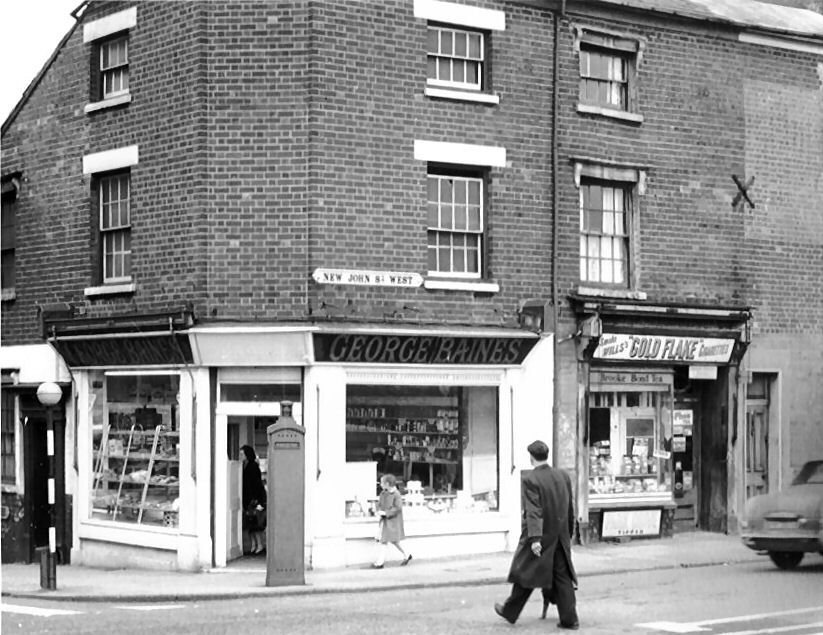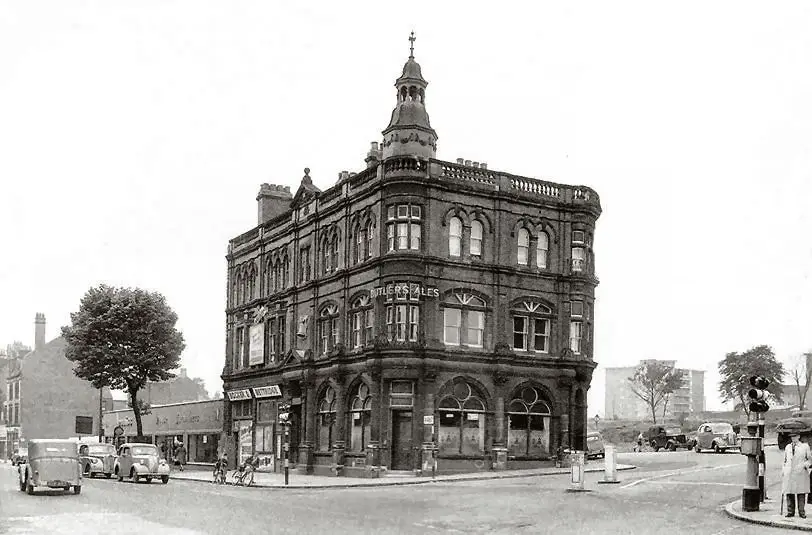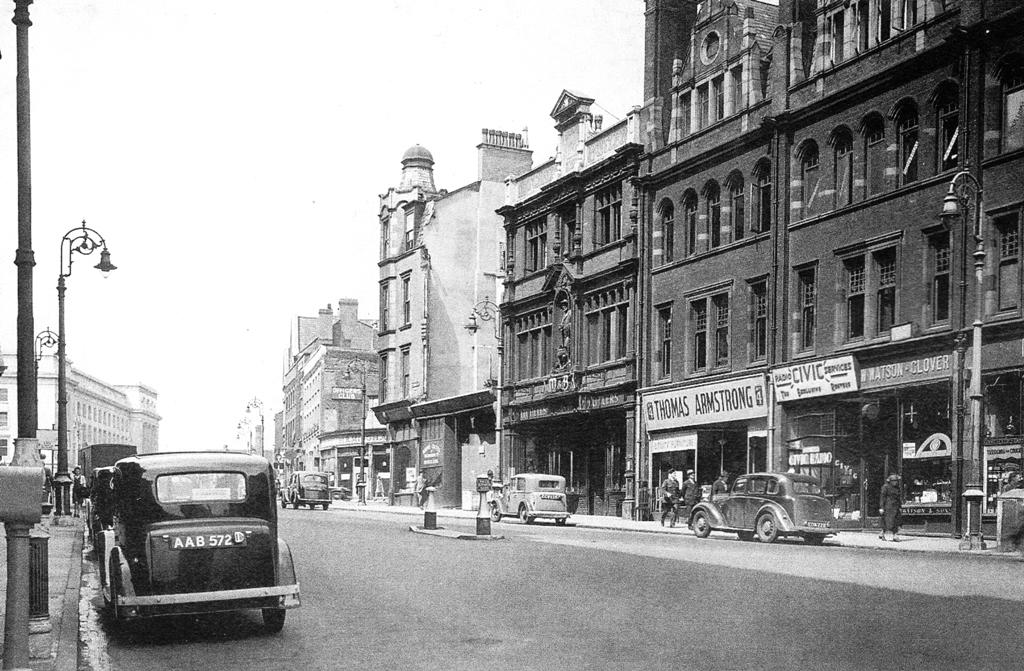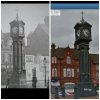Viv
According to Richard Oliver's book "Ordnance survey maps" :
FA is Fire alarm, FAP is fire alarm pillar, PCB is police call box , TCB is telephone call box, TCP is telephone call post or pillar or temporary control point,
Tel P is telephone pole, TP is telegraph pole
I assume these would only appear on the 1:500 or similar scale maps.
According to Richard Oliver's book "Ordnance survey maps" :
FA is Fire alarm, FAP is fire alarm pillar, PCB is police call box , TCB is telephone call box, TCP is telephone call post or pillar or temporary control point,
Tel P is telephone pole, TP is telegraph pole
I assume these would only appear on the 1:500 or similar scale maps.














